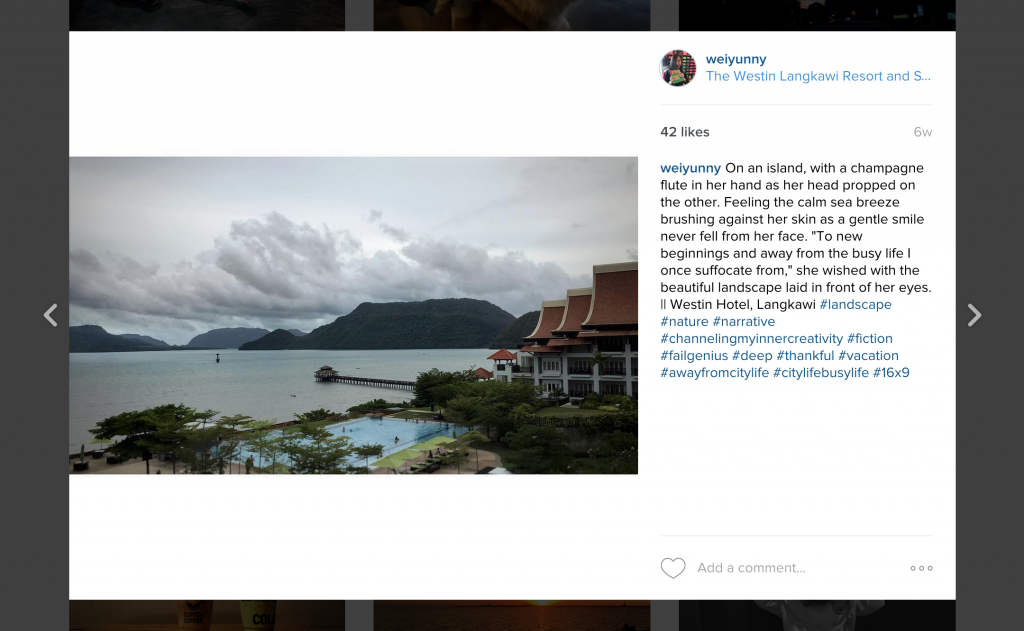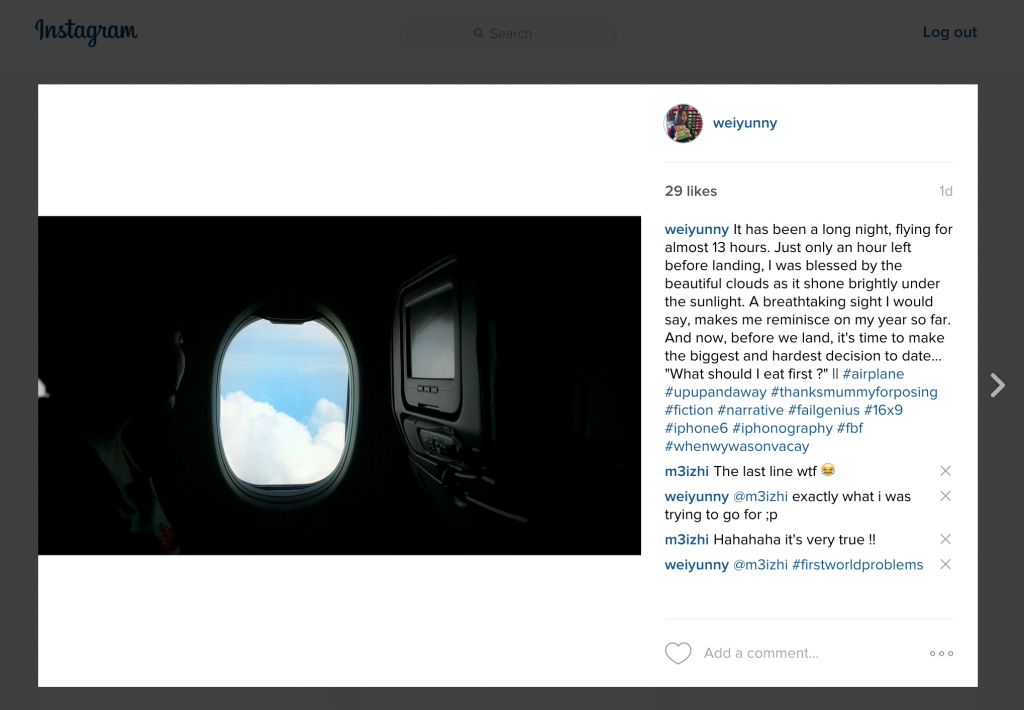It’s been an exciting week! Unfortunately there was a last minute cancellation of class on Monday so I used that time to review my work during week 3 and export it out. Later in the day, I received an email on my task for that week – characterisation practice. We were to create a profile for two characters, put them in any one of the scenarios given and create a synopsis of the story. I went with the idea in mind of twins whose personalities are similar (with tiny differences). I created a twin brother who fears for his own life when up against his scary sister when she gets mad. A short profile of the characters with a tiny example:
1. Shane
Shane is a tall and attractive person, who has the typical “i-dont-care” attitude. He is clean and well kept. He loves to wear baggy clothing, an extreme gamer (and a competitive one at that), and eats twice the amount of a normal human but never gains weight. He loves reading novels despite being a sporty person as well.
He is aloof and quiet. His face usually shows no emotions but when he accidentally broke one of his sister’s precious glassware, he was stricken with fear. The one thing he fears most, is a grumpy, “all-hell-breaks-loose”, angry twin sister after his life.
2. Sarah
A calm and collected person. Just like her twin brother, she has this elegant and sophisticated feel but in reality, she is an extreme klutz. Her mature face looks like she has never smiled even once before. She has long hair and well-dressed all the time.
She loves to read books, all types of novel genres. She loves snacking and if anyone touches her food, she goes into “hell” mode (mostly passive-aggressive but really scary). She would make the smallest problems into a life or death situation.
I think my influence on reading plenty of manga comics and Japanese anime is quite evident when I write these profiles. I had even envisioned Shane struggles to tell his sister that he had “accidentally” eaten her last cookie from the cookie jar. She calmly reads a book while Shane sits at the other end of the sofa fidgeting as he stutters his confession. The idea had hit me that I had to write down a draft script. I had imagine the monologues happening as well.

Screenshot of “The Last Cookie”
For more on the Task 4A, click here.
Moving on to the next studio class on Thursday, we were grouped into four groups and work on the Creative Writing students’ scripts. We were to shoot exactly as the script said to figure out whether it was workable, or if it was really suitable to be shot in that way. The difficult part of writing a script is you would not know if it could be possible to be shot in the way you envisioned it to be. Sometimes when you shoot, the writers have to do some changes on the spot to capture the shot. So, this time it was definitely a challenge if we cannot capture the way the writers envisioned it to be shot. Lucky for us, the script was short and simple and in a single location. It was workable because it relies on the character’s style of reaction and their way of delivering the dialogues. The group I was in had no problem following the script. There were no major changes in the script.
Overall, in the process of being put through the different stages of production, it kept me on my toes to understand the various tasks that had to be done in a production. This whole studio was to understand the filming aspect to enhance the writing skills. As I mentioned before, it is definitely difficult to sit and write the script without knowing whether it could be shot in that specific way you are thinking of. Being exposed to the technical aspect helps you learn the camera angles and the cinematography. I believe that if I expose myself more to the technical area, I would start thinking my camera angles and scenes in my head and I can write scripts that could give a closer representation of what a camera could capture. In editing, it can help me find different perspectives of framing the camera shots as well. Hence, I think every aspect of the production stages are equally important so this studio is helping me diversify myself to be able to write a screenplay type of script.







